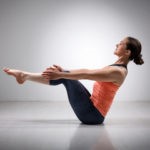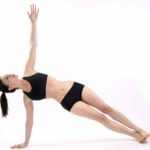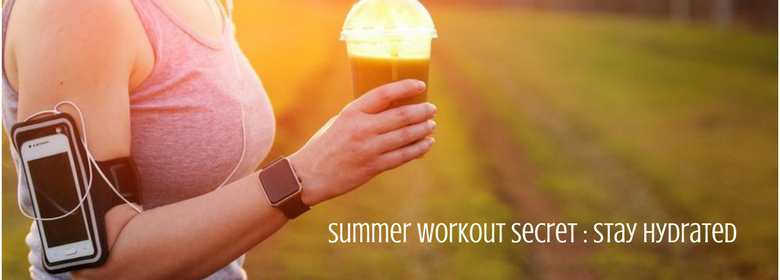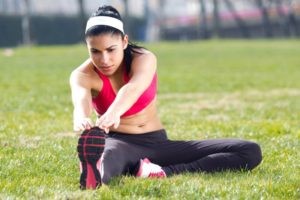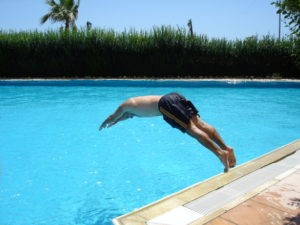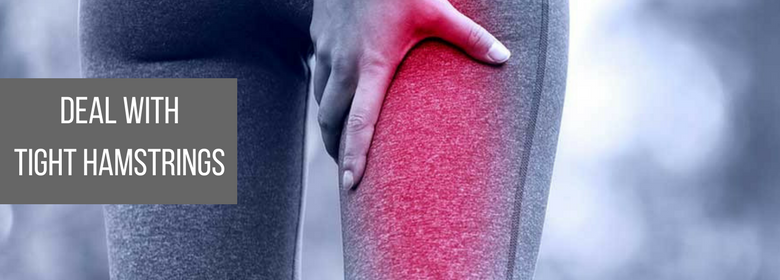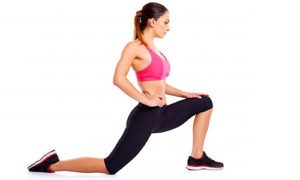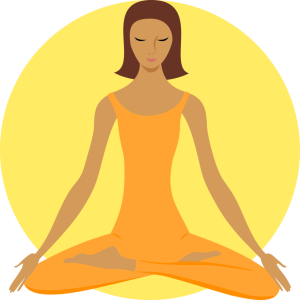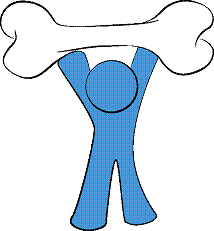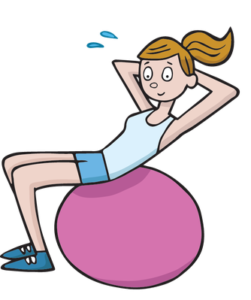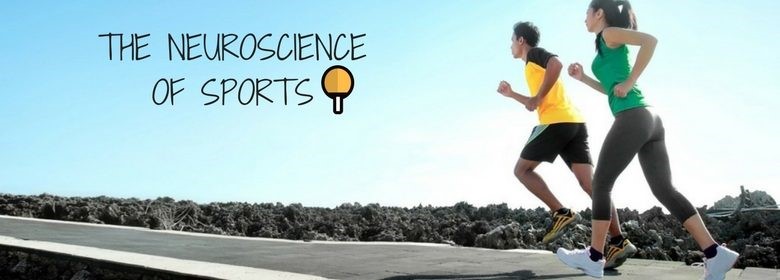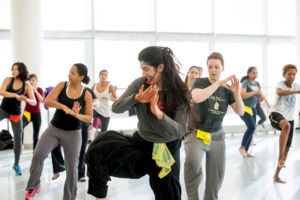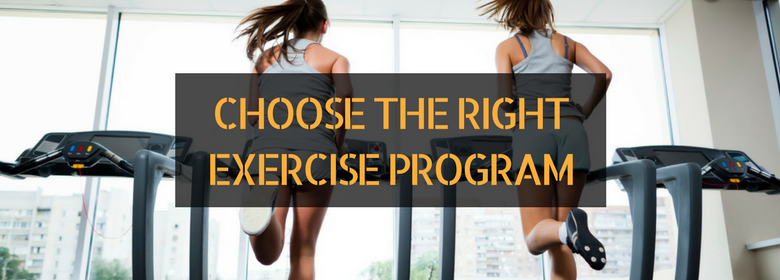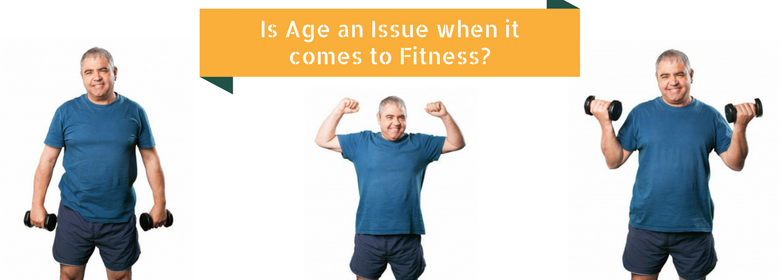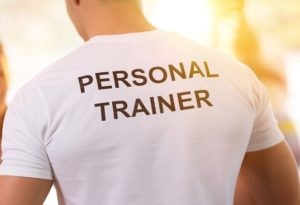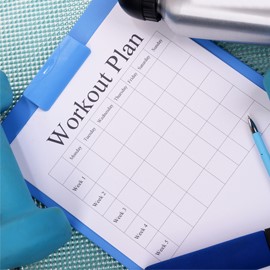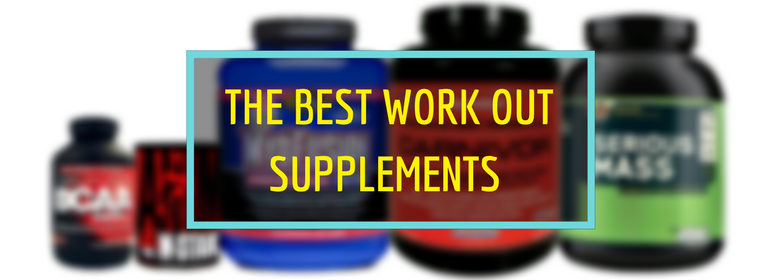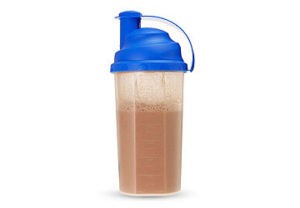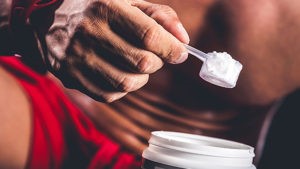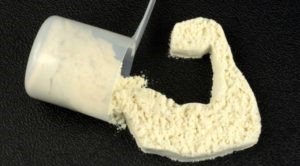Calorie Burning Yoga Variations
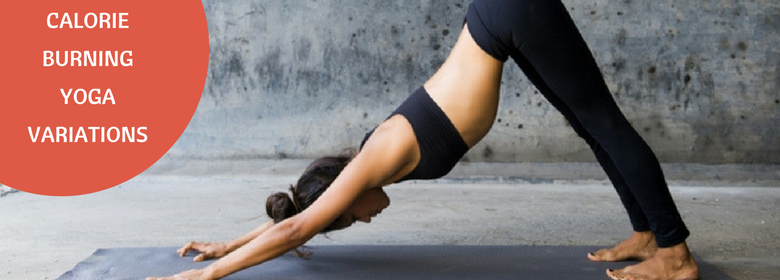
Yoga has always been considered to be advantageous – both physically and mentally helpful. It has many health benefits, including fighting off stress, building muscle, improving flexibility, boosting immunity, and more. But people often wonder if yoga really helps one lose weight.
Here are few yoga variations that get your heart pumping and your body sweating.
Hatha Yoga
This is the most standard and generic form of yoga that you may find at your gym or local studio. It combines a work out and mental discipline, with the goal of integrating and refreshing both body and mind. It consists primarily of poses to extend strength and adaptability and controlled breathing (pranayama).
Calorie count in 60 min: 175 – 298
Ashtanga Yoga
It’s a notably intense and physically athletic kind of yoga, with difficult, fast movements. It’s both cardiovascular and meditative, and depends on the strength of your own muscles to perform the movements. It is supposed to purify the body by cultivating an “internal heat,” that burns off toxins. It additionally builds great strength, flexibility and is known for reducing stress and keeping the mind focused.
Calorie count in 60 min: 450 – 550
Bikram Yoga
This type has a set structure consisting of 26 poses and two breathing techniques. Heated environments increase your pulse rate and metabolism. Though you get hot, the act of sweating helps to manage the inner body heat, and additionally assists in ridding the body of toxins and enhances flexibility within the muscles.
Calorie count in 90 mins: 330
Vinyasa Yoga
Vinyasa is a flowing form of yoga that additionally links the breath with movement. It is a strength-training method and also the completely different poses particularly the standing, arm balances, back-bends and inversions utilize body resistance. The body doesn’t have time to be told, adapt or return to expect what comes next.
Calorie count in 60 min: 550
Reference:
http://www.fitday.com/fitness-articles/fitness/cardio/calories-burned-for-yoga-is-it-enough-for-weight-loss.html
https://www.simplemost.com/how-many-calories-you-burn-in-each-type-of-yoga-class/
https://www.yogatraveltree.com/blog/article/which-yoga-burns-the-most-calories


